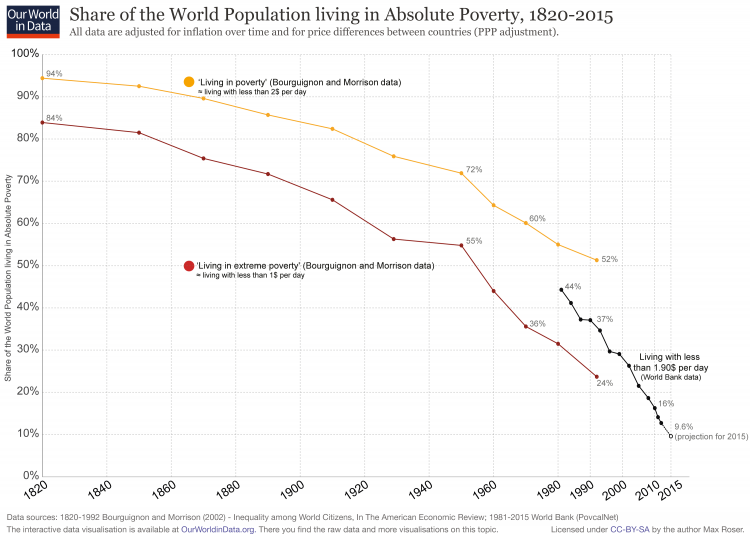You know that if you signal your willingness to vote for impeachment, and if there are not the numbers to vote for impeachment, you are finished. Your career with the GOP is over. And if you are particularly pessimistic, you might think that any firm hiring you afterwards would face reprisals from the President. You have a mortgage to pay. Effectively, your life will be ruined. Even if the impeachment were successful, the GOP would likely take a hit in the mid-terms and you might not survive it.
You know that the Democrats have 194 seats in the House and 46 in the Senate. Even assuming all Democrats voted to impeach, which itself is less than certain, you need 218 votes in the House and 67 in the Senate. So you need 24 like-minded Republicans in the House and 21 in the Senate.
You also need to know that their support is secure. Each alone would face ruin by opposing the President.
Unsurprisingly, Gordon Tullock wrote about this kind of scenario. In the Paradox of Revolution, Tullock reminded us that if a revolution has public good characteristics, it will be undersupplied, and that revolutions are consequently undertaken by someone who has something to gain.
It is difficult to see who among the potential revolutionaries - those backing impeachment - would stand to gain. Pence would take Trump's place after any impeachment and seems unlikely to reverse course after having committed to supporting Trump in the indefensible;
In Tullock's calculus, nobody wants to participate in revolution unless they have low personal cost of being involved, get a lot of entertainment value out of being a revolutionary, or have something to gain: the private benefits are washed out because of the low likelihood that any one revolutionary turns the tide. That calculus changes in considering impeachment: each of the impeaching representatives would have a reasonable likelihood of decisiveness, but they all need to have reasonable expectation that the others will move.
What you need then is a Schelling Point. You need a coordination apparatus such that everyone knows there's sufficient support when the time is ripe, and that everyone knows that it's time when it's time without anyone having had to talk about it. If you talk about it, your plans could be revealed and you could be made an example to discourage others.
And it isn't looking good. McCain and Graham came out against the Executive Order. People like McCain and Graham coming out provides a coordination point for other dissenters. It looks like there are 15 in total who oppose the Executive Order, although that list is a bit out of date now. Opposing a dumb Executive Order may be a lower hurdle than supporting impeachment.
On the other side, the Kochs have come out strongly in opposition to the Executive Order. They're principled libertarians. And they are taking a bit of risk because a lot of what they do is subject to regulatory whims out of the White House. Their signalling potential opposition to Trump is risky for them, but potentially emboldening for congressional opposition.
I fear that if would-be impeachers expect to fail and expect to be destroyed if they fail, they never get going. One potential solution would be if there were reasonable expectation that Republicans who destroyed their careers in a failed impeachment attempt would find quiet sinecures elsewhere - the equivalent of funded chaired positions in American policy think tanks or activist groups, for example. In that case, the reduction in the downside cost could mean the downside cost never eventuates. But only if there were enough Republicans who cared enough about the constitution that 45 of them would vote to impeach if they didn't have to worry about it destroying their careers.
And if it turned out that there were only 40 who cared, and tried, and failed, that could be even worse. The median voter in Congress would change.
Difficult scenarios. And I'm nowhere near close enough to American politics to know whether the numbers are there.



